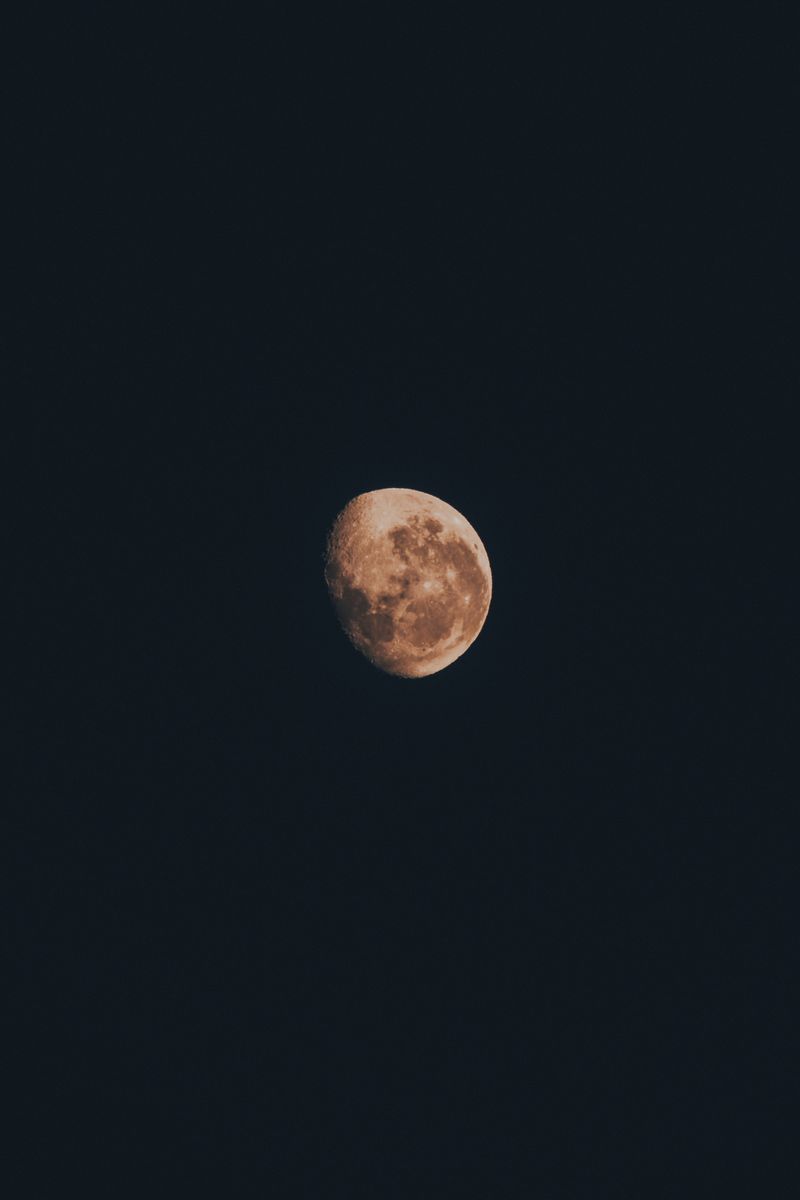Strawberry Moon to Illuminate the Night Sky
This weekend, the full moon, also known as the strawberry moon, will light up the night sky. The peak illumination time will be 11:42 p.m. ET on Saturday, and it will appear full for three days, according to NASA.
The moon’s name has nothing to do with its appearance or color but rather with the ripening of “June-bearing” strawberries that are ready to be gathered, according to The Old Farmer’s Almanac, which notes that “June is a time of great abundance for many.” People can use The Old Farmer’s Almanac’s full moon calculator to find out their local peak time and check the local forecast.
Antares Viewing Opportunity
According to NASA, some moon gazers will get an additional treat this year. In Argentina and the Atlantic Daylight Time zones, people can catch sight of Antares, the most luminous star in the Scorpius constellation, several degrees right of the moon.
June Full Moon Traditions
People from different parts of the world have given different names to the June moon to represent their seasonal or cultural customs. For example, Europeans call it the honey moon since June “was traditionally the month of marriage and is even named after the Roman goddess of marriage, Juno,” according to The Old Farmer’s Almanac. For Hindus, this moon and the three days it appears full marks Vat Purnima, when women demonstrate their love for their husbands by “tying a ceremonial thread around a banyan tree,” according to NASA.
Cool Celestial Events to Watch Out For
The strawberry full moon isn’t the only celestial event worth watching out for this year. The Farmer’s Almanac lists the full moons, eclipses, and meteor showers to watch out for throughout 2023.
Full Moons and Supermoons
In 2023, there will be 13 full moons, and two of them will be supermoons, happening in August. Supermoons are brighter and closer to Earth than normal and, therefore, appear larger in the sky.
Here are the remaining full moons in 2023, according to the Farmer’s Almanac:
- July 3: Buck moon
- August 1: Sturgeon moon
- August 30: Blue moon
- September 29: Harvest moon
- October 28: Hunter’s moon
- November 27: Beaver moon
- December 26: Cold moon
Lunar and Solar Eclipses
An annular solar eclipse will occur on October 14 and be visible for people across North, Central, and South America. On October 28, a partial lunar eclipse will be viewable by people in Europe, Asia, Australia, Africa, parts of North America, and much of South America.
Meteor Showers
There are nine more meteor showers that peak this year, all of which are most visible from late evening until dawn in areas without light pollution. Catch these events on their peak dates:
- Southern Delta Aquariids: July 30-31
- Alpha Capricornids: July 30-31
- Perseids: August 12-13
- Orionids: October 20-21
- Southern Taurids: November 4-5
- Northern Taurids: November 11-12
- Leonids: November 17-18
- Geminids: December 13-14
- Ursids: December 21-22
Editorial and Advice
Observing celestial events can be a fascinating and rewarding experience that offers a glimpse into the cosmic mysteries we share. It is crucial, however, to take some precautions before gazing into the skies. Using proper gear such as telescope filters, eclipse glasses, or binoculars with solar filters can protect your eyes from the harmful radiation of the sun.
In addition, amateur astronomers must be careful while navigating in the dark and avoid injuring themselves. Therefore, finding a safe, dark place with an unobstructed view and avoiding light pollution is crucial to fully enjoy the event.
As we continue to celebrate the beauty and mystery of the cosmos, let us also take this opportunity to reflect on our place in the vast universe and the significance of our existence. Contemplating the beauty of the night sky and the celestial events that happen periodically can inspire us to look inward and outward and ponder the mysteries of life and our place in the universe.

<< photo by Gaspar Zaldo >>
You might want to read !
- “The Full Strawberry Moon: A Guide to Witness June’s Breathtaking Lunar Phenomenon”
- Exploring the Phenomenon of the Strawberry Moon and Its Occurrence This Weekend
- “What is the significance of the strawberry moon and why is it called that?”
- Why the Strawberry Moon is a rare celestial event to behold
- “The Science and Folklore behind the Summer Solstice Strawberry Moon”
- “Exploring the Mystical Origins and Modern Significance of the Strawberry Moon and Other Full Moon Names”




